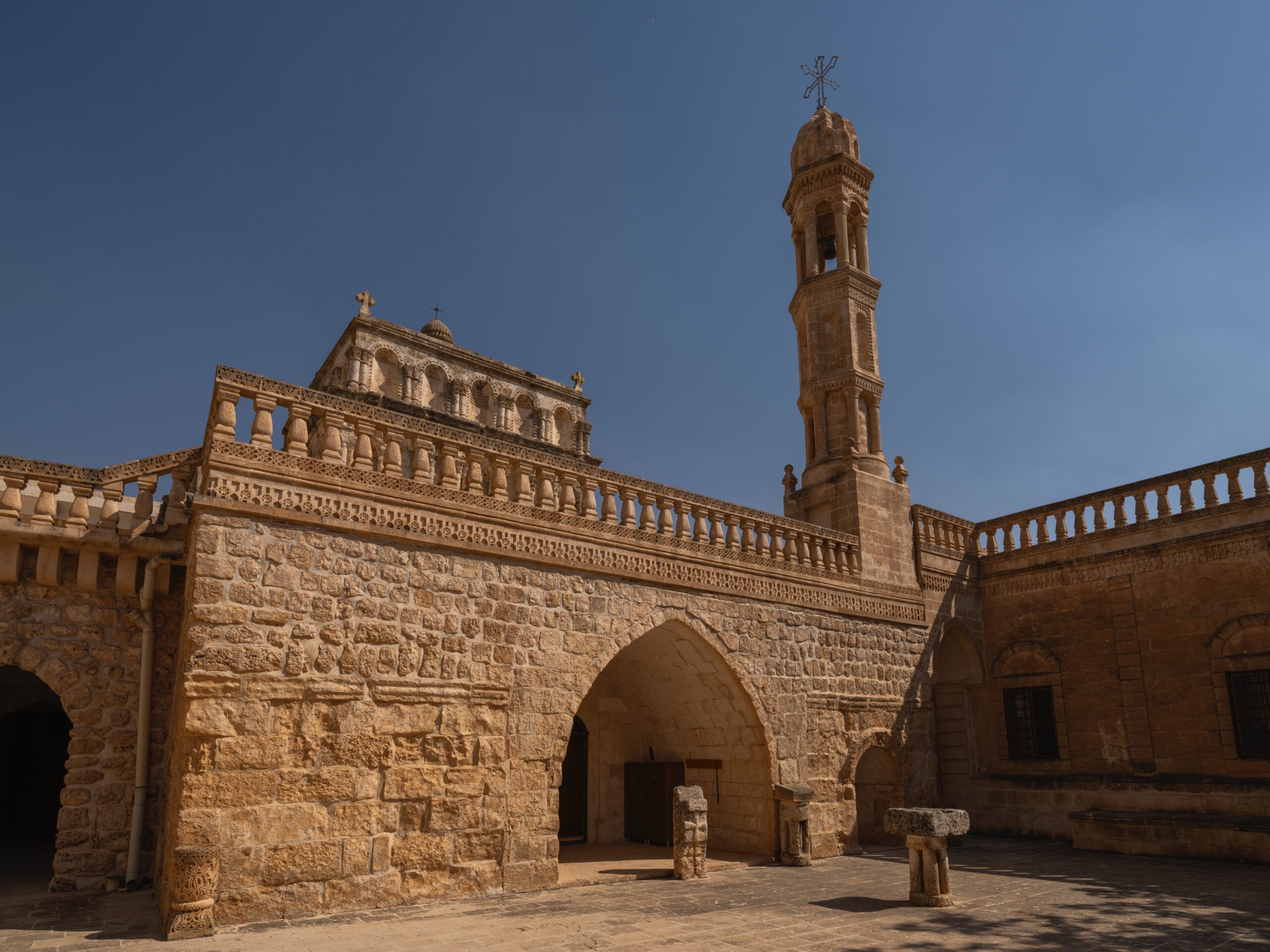1. Introduction
Amidst the nurturing embrace of the Fertile Crescent, cradled by the nurturing waters of the Tigris and Euphrates, unfolds the saga of Mesopotamia. This is a narrative woven into the very fabric of time, inscribed upon the sands and echoed through the remnants of bygone eras. Here, the whispers of ancient civilizations resonate, each grain of sand and fragment of ruin holding the untold stories of a world that laid the first stones of human history. Here, in the cradle of human history, a myriad of cultures bloomed, each painting its own vibrant stroke on the canvas of antiquity. Yet, among these ancestral echoes, one voice sings a different tune, a melody not born from the Mesopotamian heart. Join us on a heartfelt journey to uncover this enigmatic outsider, a voyage that is not just about history, but about connecting with the soul of our past.
2. Historical Context of Mesopotamia
Imagine a land where history began – Mesopotamia, a name that conjures images of ancient wonders and mystical rivers. Here, humanity took its first steps towards civilization, nurturing the seeds of urban life, art, and writing under the nurturing skies. This land, a tapestry of contrasting landscapes, saw the rise and fall of great cities, where kings dreamed, and poets sang under starlit skies. It was a crucible of human endeavor, where the spirit of innovation and the quest for knowledge thrived, setting the stage for the stories of nations yet to come.
3. Major Mesopotamian Cultures
Sumerians
In the southern realms of this ancient world, the Sumerians danced to the rhythm of the first civilization. They spoke to the future through cuneiform, entrusting their dreams, laws, and stories to clay tablets. Cities like Ur and Uruk rose like jewels, where kings and gods conversed, and humanity reached for the heavens through towering ziggurats.
Akkadians
Then came the Akkadians, under the star of Sargon, weaving the first empire from a tapestry of disparate city-states. Their language echoed through the ages, a symphony of cultural unity and power, resonating across the vast expanse of ancient Mesopotamia.
Babylonians
The Babylonians, with Hammurabi at the helm, sculpted a society ruled by one of the first codified laws. Under the Babylonian moon, astronomers gazed at the cosmos, and mathematicians pondered the mysteries of numbers, leaving a legacy of wisdom and order.
Assyrians
To the north, the Assyrians marched, their footsteps thundering across history. In the grand city of Nineveh, they carved out an empire known for its fearsome warriors and magnificent architecture, a testament to their indomitable will and cultural might.
Other Relevant Cultures
And amidst these giants, others like the Chaldeans and Hittites played their part, each adding a unique verse to the Mesopotamian epic, from the Hanging Gardens to the forging of empires.
4. Exploring the Exception: The Non-Mesopotamian Culture
But beyond this Mesopotamian narrative, in a land kissed by a different sun, thrived the Indus Valley Civilization. Here, in what is now Pakistan and northwest India, a different heart beat. Their cities, Harappa and Mohenjo-Daro, were marvels of urban planning and harmony, a testament to a society that perhaps valued community and balance over grandeur and conquest.
5. Comparative Analysis
In contrast to the monumental pride of Mesopotamian civilizations, the Indus Valley Civilization embraced a quieter, yet no less profound, approach to existence. Their cities, with advanced drainage systems and orderly streets, whispered tales of a people who found elegance in simplicity and sophistication in community living, a stark contrast to the grandiose ambitions of their Mesopotamian contemporaries.
6. Impact and Legacy
The stories of Mesopotamia resonate through time, inspiring awe with their grandeur and wisdom. Their legacies, from Hammurabi’s laws to Sumerian literature, are cornerstones of our collective heritage. In parallel, the enigmatic Indus Valley Civilization, shrouded in mystery, leaves a legacy of harmony and urban sophistication, a silent reminder of a path not taken, of roads that diverge in the ancient woods of history.
7. Conclusion
Our odyssey across the ancient landscapes of Mesopotamia transcends mere historical inquiry; it is akin to a soulful pilgrimage into the essence of our collective human saga. As we gently unravel the mystery and reveal the Indus Valley Civilization as the unexpected outsider, our endeavor reaches beyond merely rectifying a historical oversight. It becomes an embrace of the rich mosaic of human existence, a celebration of the countless ways our forebears envisioned, thrived, and cherished life beneath the same boundless heavens.
8. References and Further Reading
- Kramer, Samuel Noah. “The Sumerians: Their History, Culture, and Character.”
- Roux, Georges. “Ancient Iraq.”
- Kenoyer, Jonathan Mark. “The Ancient Cities of the Indus Valley Civilization.”
- Van De Mieroop, Marc. “A History of the Ancient Near East.”
- This retelling aims to not just inform but to touch the heart, inviting readers to feel the pulse of ancient civilizations and their enduring impact on our world today.
